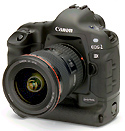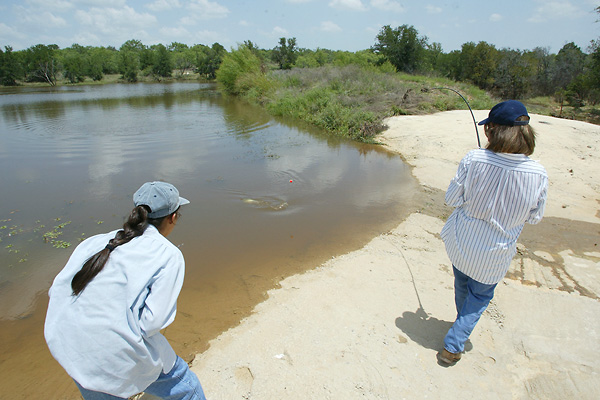|
|
|
Canon
EOS 1D First
Class Equipment As an
example, many knowledgeable &
experienced pros chose the 2.7
megapixel Nikon D1H over the 5.47
megapixel D1X. They liked certain
things about the inherent image quality
of the lower resolution D1H and
preferred its smaller file size for
processing ease & speed. (And they
certainly produced some knockout
pictures to show they knew what they
were talking about.) With 4
megapixels, the Canon EOS 1D can do
nearly everything a big megapixel
camera can do, and can certainly do it
faster. Canon EOS 1D
photo, Canon EF 28-80 f2.8-4 zoom lens @ 28mm.
Camera settings: Raw (4.1 megabytes, 1648 x 2464
pixels), Colorspace 1 (sRGB), Standard
Parameters, ISO 200, Programmed Automatic
Exposure @ f13, shutter speed 1/640th, auto
white balance.
Canon EOS 1D
photo, Canon EF 17-35 f2.8 zoom lens @ 17mm.
Camera settings: Raw (4.1 megabytes, 1648 x 2464
pixels), Colorspace 1 (sRGB), Standard
Parameters, ISO 200, Programmed Automatic
Exposure @ f11, shutter speed 1/500th, auto
white balance.
Canon EOS 1D
flash photo, Canon EF 28-80 f2.8-4 zoom lens @
70mm, Autofocus, Canon 550EX speedlight set on
E-TTL (evaluative through-the-lens) mode with a
+1/3 stop flash exposure compensation boost.
(Flash boost amount determined by test shot LCD
review evaluation.) Camera settings: Raw (4.1
megabytes, 1648 x 2464 pixels), Colorspace 1
(sRGB), Standard Parameters, ISO Low (100),
Aperture Priority (Av) @ f4, shutter speed
1/60th, auto white balance. |


.jpg)

.jpg)